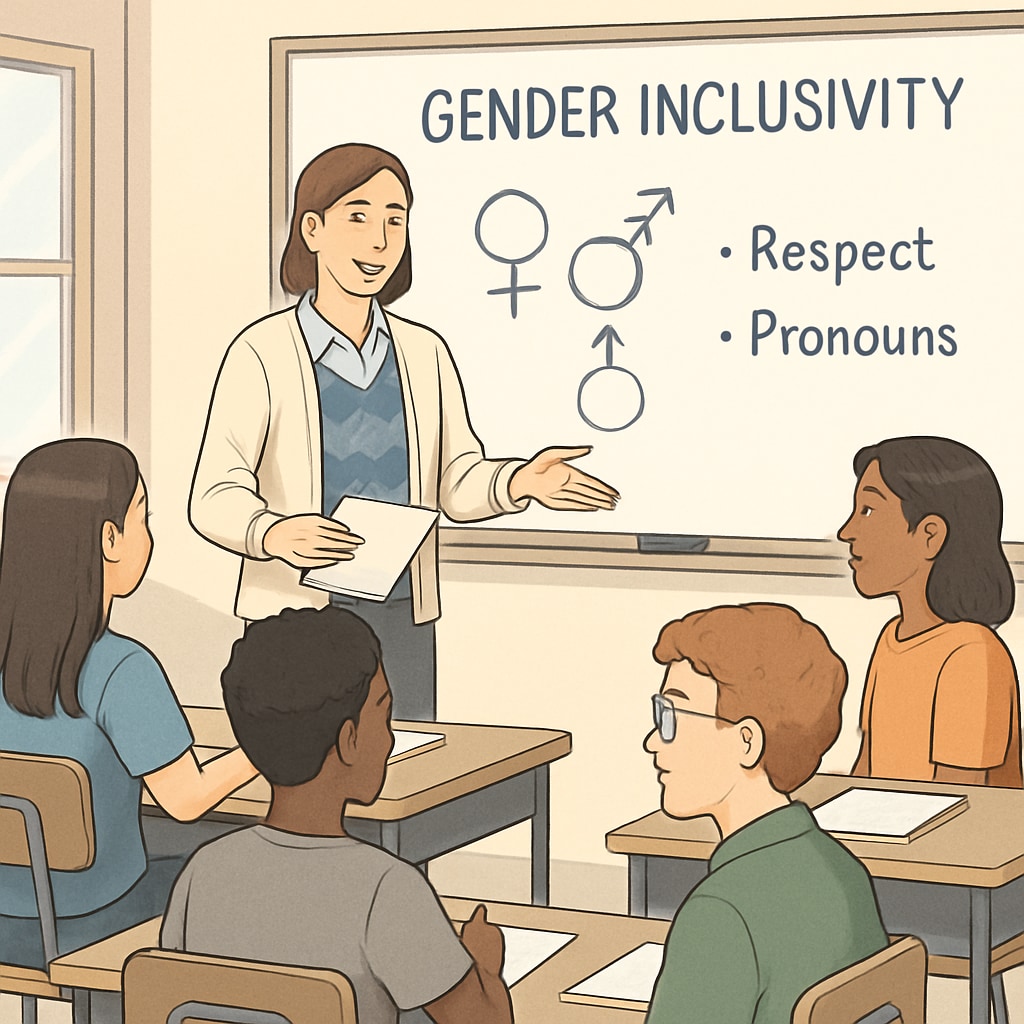Brown University’s recent move to align its gender policies with the Trump administration’s binary definition of gender has prompted widespread debate. The agreement, which restricts gender recognition to biological definitions, has raised concerns about its implications not only for university students but also for transgender students within K-12 education systems. This shift highlights a growing need to examine how primary and secondary schools can adapt to protect the rights and well-being of transgender students while navigating evolving policies.
Understanding the Policy Change at Brown University
The decision by Brown University to adopt the Trump administration’s binary gender definition marks a significant departure from its previous inclusive stance on gender identity. By adopting this definition, the university limits gender recognition to biological sex assigned at birth. While proponents argue this shift provides clarity, critics believe it undermines the rights of transgender individuals and sets a concerning precedent for educational institutions nationwide.

Ripple Effects on K-12 Education Systems
Although the policy change directly impacts higher education, its influence could trickle down to K-12 schools. Educational institutions often look to universities for guidance on inclusion, and shifts in gender policy at prominent schools like Brown could encourage similar actions elsewhere. For example:
- K-12 schools may adopt stricter policies that disregard gender identity.
- Transgender students may face increased barriers in accessing resources, such as gender-neutral bathrooms or counseling services.
- Curriculum changes could omit discussions on gender diversity, reducing awareness and understanding among students.
As a result, K-12 environments risk becoming less inclusive, potentially leading to higher rates of bullying, mental health challenges, and disengagement among transgender students.

Creating an Inclusive Environment in Schools
Despite these challenges, educators and policymakers can take proactive steps to ensure K-12 schools remain safe and welcoming spaces for transgender students. Key strategies include:
- Implementing clear anti-discrimination policies that protect students based on gender identity.
- Providing training for teachers and staff to better understand and support transgender students.
- Introducing gender-neutral facilities and resources to accommodate all students.
- Encouraging open discussions about gender diversity to foster acceptance and understanding.
- Collaborating with LGBTQ+ organizations to offer specialized support and programming.
These measures not only help transgender students but also promote a culture of empathy and inclusivity throughout the school community.
The Role of Advocacy and Policy Reform
Advocacy groups and policymakers must continue to push for equitable treatment of transgender students in schools, especially in light of restrictive policies like those adopted by Brown University. Legal challenges, community support initiatives, and public awareness campaigns can collectively drive meaningful change. For instance, organizations like the Human Rights Campaign provide resources and guidance for schools seeking to support LGBTQ+ students. Similarly, platforms such as GLSEN offer educational materials and advocacy tools tailored to K-12 settings.
By fostering collaboration between educators, parents, and activists, schools can uphold the rights of transgender students despite external pressures.
Conclusion: Moving Forward Amid Policy Shifts
Brown University’s gender policy changes, influenced by the Trump administration’s binary definition, serve as a critical reminder of the challenges faced by transgender individuals in educational settings. As K-12 schools navigate these shifts, it is essential to prioritize inclusivity and safeguard the rights of all students. By implementing thoughtful policies and advocating for change, educators can ensure that schools remain spaces where every student can thrive, regardless of their gender identity.
Readability guidance: The article uses concise paragraphs and lists to enhance clarity. Key points are distributed across headings, ensuring accessibility for readers. Overuse of passive voice is avoided to maintain an active and engaging tone.


